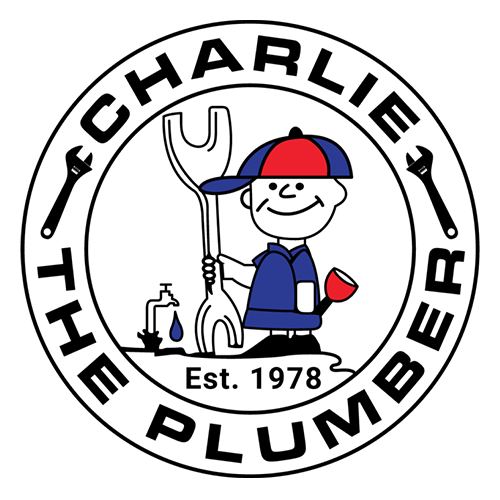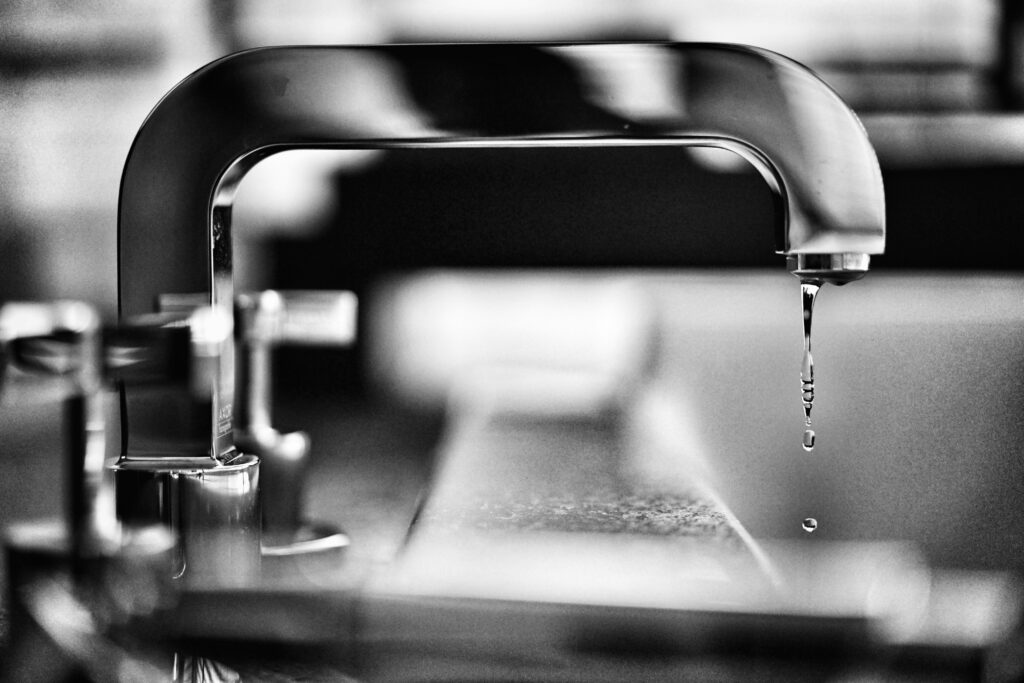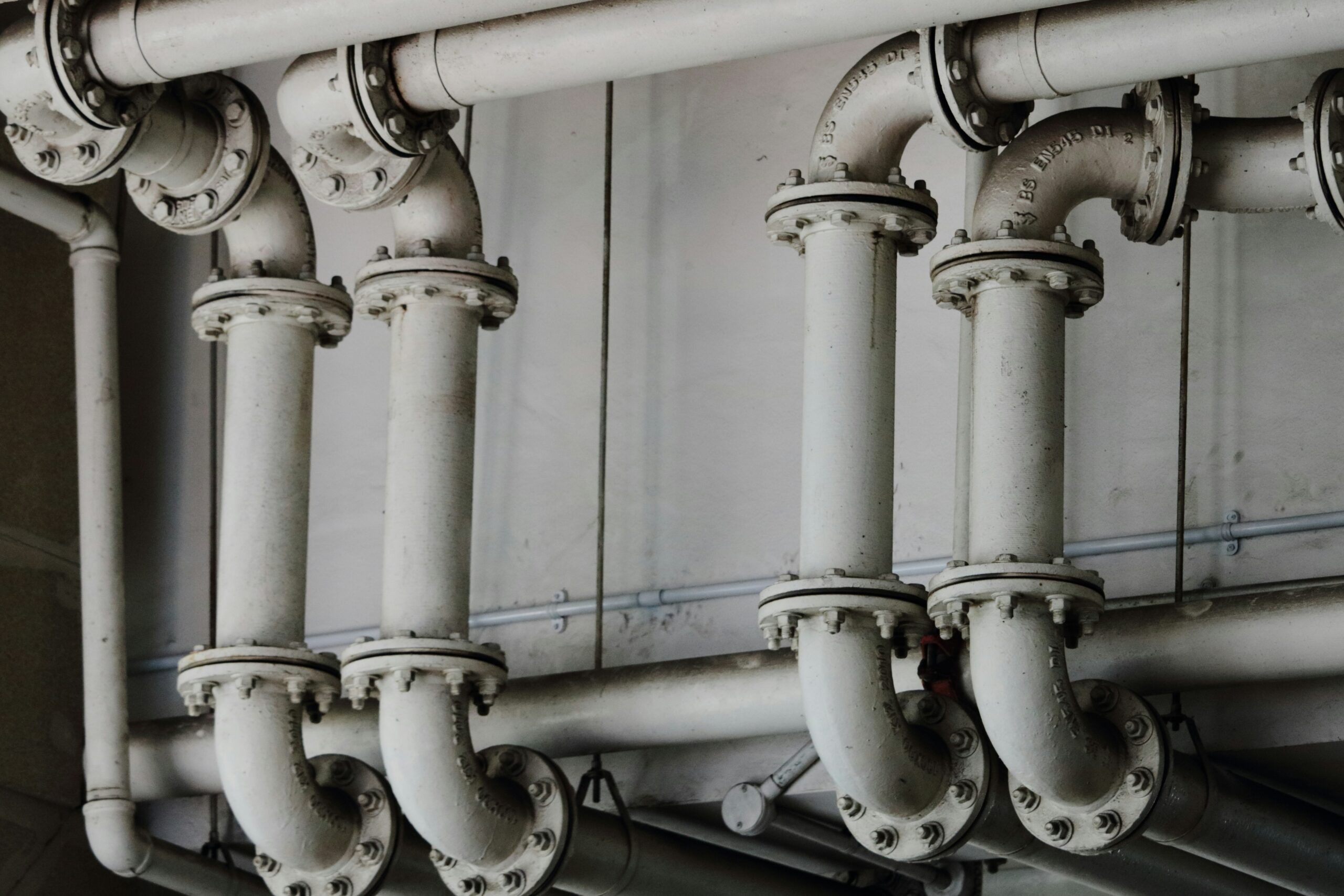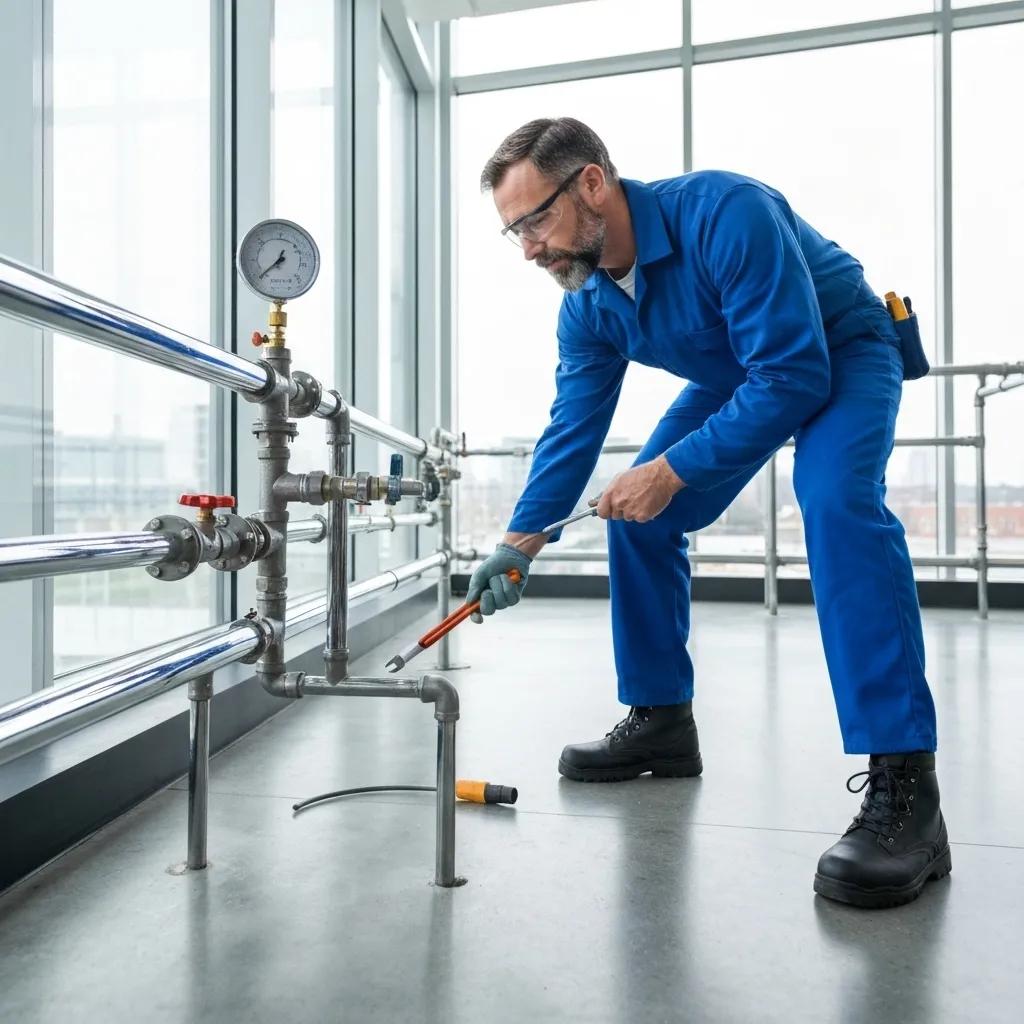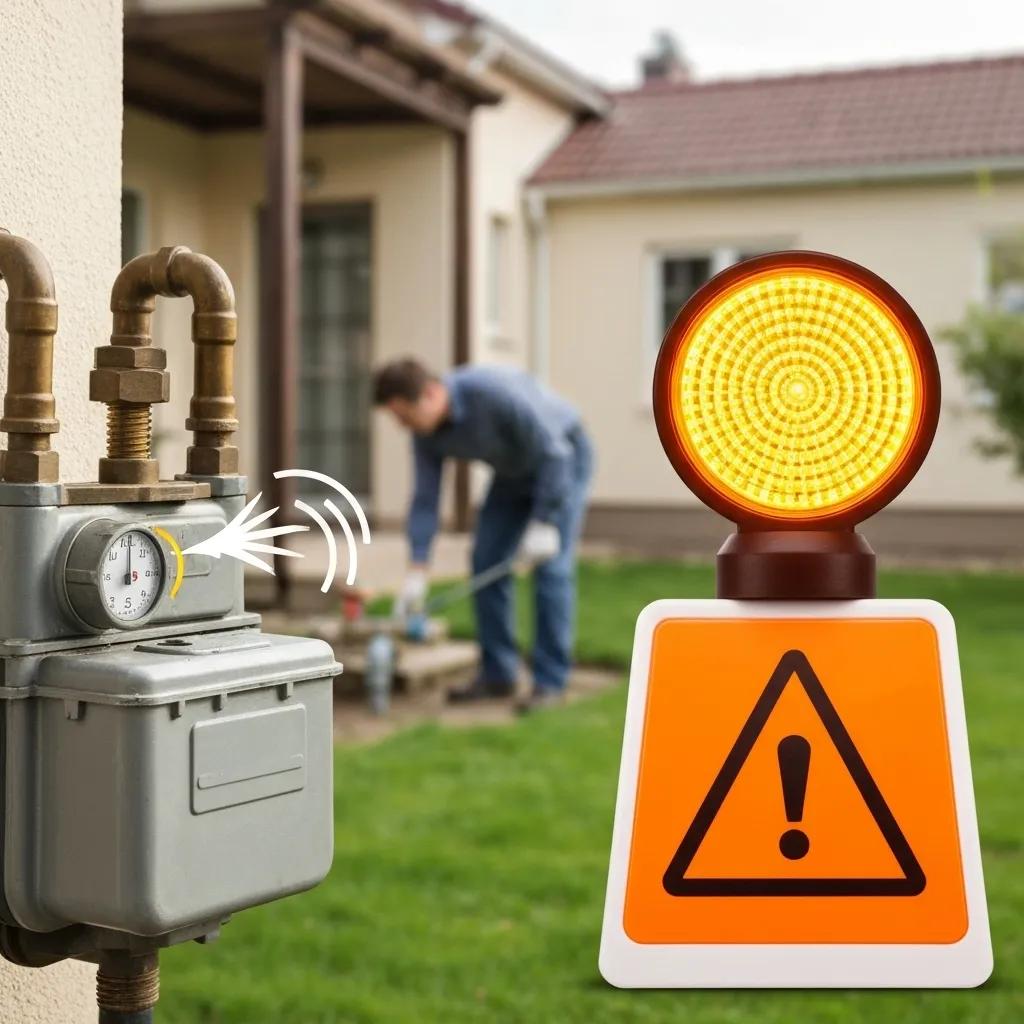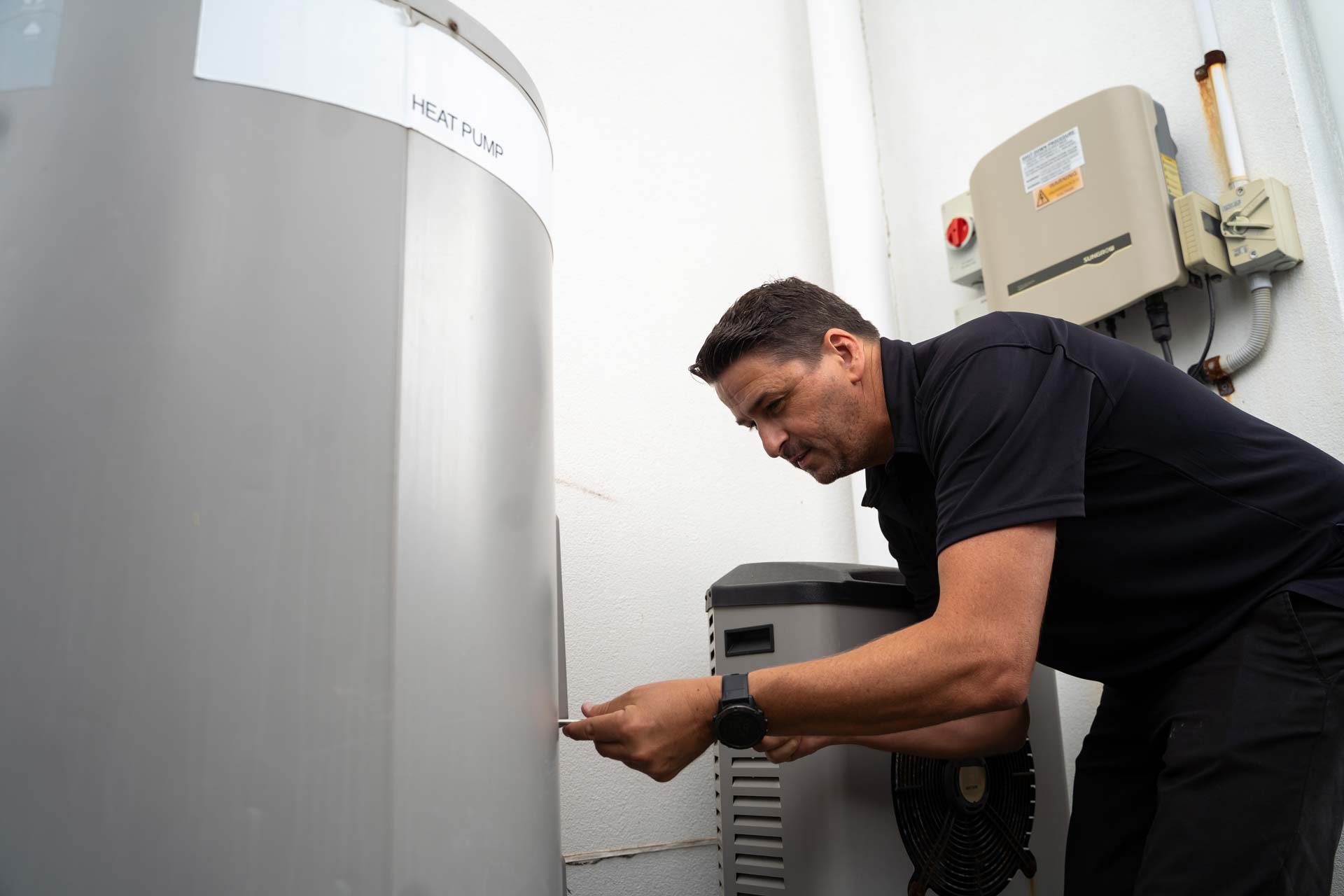That high water bill arriving each month can feel like an unavoidable expense. But what if a significant portion of that cost is literally going down the drain? Every drop of water wasted in your home carries a financial and environmental price. The good news is that you don’t need a massive renovation or a professional plumber on speed dial to make a substantial difference. You can make a few easy DIY plumbing upgrades. These help you control water use. They also lower your utility bills. Plus, they support a more sustainable future. This guide will empower you to identify hidden water waste and implement simple solutions that save both water and money.
The Hidden Cost of Water: Why DIY Upgrades Matter
Understanding the true cost of water goes beyond the number on your monthly bill. It involves recognising the financial pressures, environmental impact, and the simple fact that much of this cost is controllable. Simple DIY projects can transform your home’s plumbing from a source of waste into a model of efficiency.
Your Water Bill: More Than Just Usage
Your water bill isn’t just a fee for the water you use; it often includes charges for sewer services, which are calculated based on your water consumption. Therefore, every gallon of wasted water hits your wallet twice. Spikes in your water usage that don’t correspond with your habits are often the first sign of hidden leaks or inefficient fixtures bleeding your budget dry.
The Environmental Impact of Water Waste
Using too much water strains local water supplies. It harms aquatic ecosystems. It also uses a lot of energy to treat and move water. Every gallon saved through conscious water conservation contributes to the health of our environment. Making your home more water-efficient helps reduce your ecological footprint. It also ensures vital resources are available for future generations.
Empowering Homeowners: The DIY Advantage
Many highly effective water-saving upgrades don’t require a professional plumber. Simple plumbing tips, like swapping a showerhead or installing a faucet aerator, can be done in minutes with basic tools. The DIY approach has two benefits. You save money on labour. You also learn more about your home’s plumbing. This helps you manage water-saving tips and plumbing with confidence.
Your Home Water Audit: Pinpointing Savings Opportunities
Before you can upgrade, you must understand where your water is going. A home water audit checks your current water use. It helps find the best ways to save water. This is the foundational step in effective water management.
Understanding Your Current Water Usage: A Quick Assessment
Start by looking at your past water bills to establish a baseline. Note any seasonal spikes. On average, how many gallons does your household use per month? Consider your daily habits: long showers, running the tap while brushing teeth, or washing small loads of laundry all contribute to your total water usage. This initial assessment provides a benchmark to measure your future savings against.
Identifying Obvious Water Wasters
Walk through your home with a critical eye. Do you have a constantly dripping faucet or a running toilet? These are common culprits of high water demand. An older toilet can use three to five gallons per flush, while a dripping faucet can waste hundreds of gallons per year. Identifying these obvious points of waste gives you a clear starting point for your DIY efforts.
Reading Your Water Meter: A Simple Tracking Tool
Your water meter is your best tool for leak detection. To check for hidden leaks, ensure all water-using appliances and fixtures are off. Record the reading on your meter, wait for one to two hours without using any water, and then check the meter again. If the number has changed, you leak somewhere in your plumbing systems.
Quick Household Water Efficiency Calculator
While a precise calculation can be complex, you can get a good estimate.
- Showers: (Current showerhead flow rate in GPM) x (minutes per shower) x (number of showers per day).
- Faucets: Estimate how many minutes your kitchen and bathroom faucets run daily. Standard faucets use about 2.2 GPM.
- Toilets: (Gallons per flush of your model) x (number of flushes per day). Summing these up gives you a rough idea of where your biggest savings can be found.
Leak Detection & Repair: The Foundation of Water Savings
Leaks are the silent thieves of water and money. A small, steady drip might seem insignificant, but its cumulative effect on your water bill and potential for causing water damage is enormous. Prioritising leak detection and repair is the most cost-effective first step in any water conservation plan.
The Silent Culprits: Common Leak Spots
Leaks often hide in plain sight. The most common spots for plumbing leaks include dripping faucets, worn-out toilet flappers, and leaky showerheads. Check under sinks for signs of water damage or slow drips from the water supply lines. The U.S. EPA notes that the average family can save $350 per year by retrofitting with water-efficient fixtures, many of which also solve common leak issues. Effective leak detection prevents this unnecessary water leakage.
DIY Leak Repair Basics: Simple Fixes Anyone Can Do
Many leaks are surprisingly easy to fix. A dripping faucet often just needs a new washer or O-ring, a repair that costs pennies and takes minutes. For toilets, the most common leak is a faulty flapper. You can test this by adding a few drops of food colouring to the tank; if colour appears in the bowl without flushing, the flapper needs replacing—another quick, inexpensive DIY fix.
High-Impact Indoor Upgrades: Fixtures That Pay You Back
Once leaks are addressed, the next step is upgrading inefficient fixtures. Modern, high-efficiency products reduce water use. They do this without losing performance. These upgrades often pay for themselves quickly through lower utility bills and are surprisingly simple to install yourself.
Low-Flow Showerheads: Refreshing Savings
Older showerheads can use 2.5 gallons per minute (GPM) or more. By switching to a high-efficiency model, you can drastically cut consumption. According to the EPA, replacing showerheads with WaterSense-labelled models can save the average family more than 2,700 gallons of water per year. Installing Low-Flow Showerheads is as simple as unscrewing the old one and screwing on the new one, making it a perfect five-minute DIY project.
Water-Efficient Faucets & Aerators: Smart Flow for Every Tap
The faucets in your kitchen and bathroom are another major source of water usage. An aerator—the small screen at the tip of the faucet—is the easiest and cheapest upgrade you can make. It mixes air with the water, reducing flow while maintaining pressure. For a more significant upgrade, installing a WaterSense-certified faucet can reduce a sink’s water use by at least 20%. These low-flow fixtures are a smart investment for every tap in your home.
Toilets: Upgrading to Efficiency
Toilets are typically the largest source of indoor water consumption. If your home has toilets manufactured before the 1990s, you could be using 3.5 gallons or more with every flush. Upgrading to a modern High-Efficiency Toilet (HET) that uses 1.28 gallons per flush or less is a major water saver. Dual-flush toilets offer even greater control, and some estimates suggest a dual-flush toilet can reduce water use by up to 67% compared to older models.
Maximising Water Efficiency in Your Appliances
Your appliances, especially those that use hot water, are key players in your home’s overall water and energy consumption. Using them wisely and choosing efficient models can lead to significant savings on multiple utility bills.
Washing Machines: Choosing & Using Wisely
Modern washing machines are far more efficient than older models. An ENERGY STAR-certified washer uses about 25% less energy and 33% less water than a standard machine. Regardless of your model, you can save water by always washing full loads. This simple habit ensures you get the most out of every gallon used by your laundry appliances.
Dishwashers: Modern Efficiency
Today’s dishwashers are remarkably efficient, often using less water than washing the same number of dishes by hand. An ENERGY STAR-certified dishwasher can save, on average, 3,870 gallons of water over its lifetime. To maximise efficiency, always run full loads and scrape food off plates instead of pre-rinsing them under a running faucet. This small change in habit leverages the efficiency of modern appliances.
Hot Water Systems: Reducing Waste and Energy
How long do you run the tap waiting for hot water to arrive? This waiting period wastes both water and the energy used to heat it. One simple DIY fix is to insulate your hot water pipes. This keeps the water in the pipes warmer for longer, reducing the wait time and saving water. For a more advanced solution, a hot water recirculation system can provide instant hot water, but this typically requires a plumber.
Smart Outdoor Water Use: Greening Your Garden, Saving Your Wallet
Outdoor water use can account for more than 30% of a household’s total consumption, especially during warmer months. Adopting water-wise strategies for your lawn and garden can lead to dramatic savings without sacrificing curb appeal.
Xeriscaping & Water-Wise Landscaping
Xeriscaping is a landscaping method. It focuses on choosing plants that fit your local climate. This reduces the need for extra watering. Choosing native and drought-tolerant plants reduces your garden’s dependence on your hose. Grouping plants with similar water needs and using mulch to retain soil moisture are other key principles of water-wise landscaping.
Advanced DIY & Long-Term Plumbing Health
Beyond basic fixture swaps, some slightly more advanced DIY projects can further enhance your home’s water efficiency and protect your entire plumbing system for the long term. These upgrades require a bit more effort but offer substantial returns.
Pressure-Reducing Valves: Protecting Your Pipes and Savings
High water pressure may feel nice in the shower, but it puts unnecessary stress on your pipes, joints, and appliances, leading to a higher risk of leaks. A pressure-reducing valve (PRV) controls the water pressure from the municipal supply into your home. Installing or adjusting these valves can prolong the life of your plumbing systems and reduce the amount of water that flows through fixtures.
Insulating Your Pipes: Beyond Hot Water
We’ve mentioned insulating pipes for hot water systems, but this simple task offers year-round benefits. Pipe insulation reduces the wait for hot water. It also stops pipes from freezing and bursting in winter. Burst pipes cause serious water damage. It’s a low-cost, high-impact project for long-term plumbing health.
Regular Plumbing Maintenance: Your Long-Term Strategy
Proactive plumbing maintenance is the key to preventing problems before they start. Periodically check for small leaks under sinks, inspect appliance hoses for cracks, and listen for running toilets. Following simple plumbing tips, like knowing where your main water shut-off valve is, can save you from a major headache down the road and is a core part of a long-term water conservation strategy.
When to Call a Pro: Knowing Your Limits
The DIY spirit is powerful, but it’s equally important to recognise when a project is beyond your skill set. Attempting complex plumbing work without the proper knowledge or tools can lead to costly mistakes and even bigger problems.
Identifying Complex Issues and When to Step Back
While you can fix a leaky faucet, you should leave major issues to a licensed plumber. This includes tasks like rerouting water supply lines, replacing a water heater, or dealing with main sewer line clogs. If you detect a leak behind a wall or see signs of a slab leak (e.g., a sudden spike in your water bill with no visible source), it’s time to step back and call for professional help.
Finding a Reputable Plumber
When you need a professional, look for a licensed and insured plumber with a strong local reputation. Check online reviews, ask for recommendations from neighbours, and get multiple quotes for any significant project. A reliable plumber fixes the immediate problem. They also give advice on keeping your plumbing working well andefficientlyt.
Conclusion
Taking control of your home’s water consumption is one of the most practical ways to save money and live more sustainably. By starting with a simple water audit to understand your usage, you can pinpoint the most effective areas for improvement. Tackling foundational issues like leak detection and repair provides an immediate return on your effort. After the audit, you can do easy DIY upgrades. These include installing low-flow showerheads, faucet aerators, and efficient toilet flappers. These upgrades save a lot of water every year. Even simple habit changes with your appliances contribute to the bigger picture of efficiency.
Your journey to a more water-wise home begins with a single step. Choose one project from this guide—perhaps replacing a faucet aerator this weekend—and experience the satisfaction of making a tangible difference. These small, empowering actions compound over time, leading to a healthier plumbing system, lower utility bills, and the peace of mind that comes from using a precious resource responsibly.
